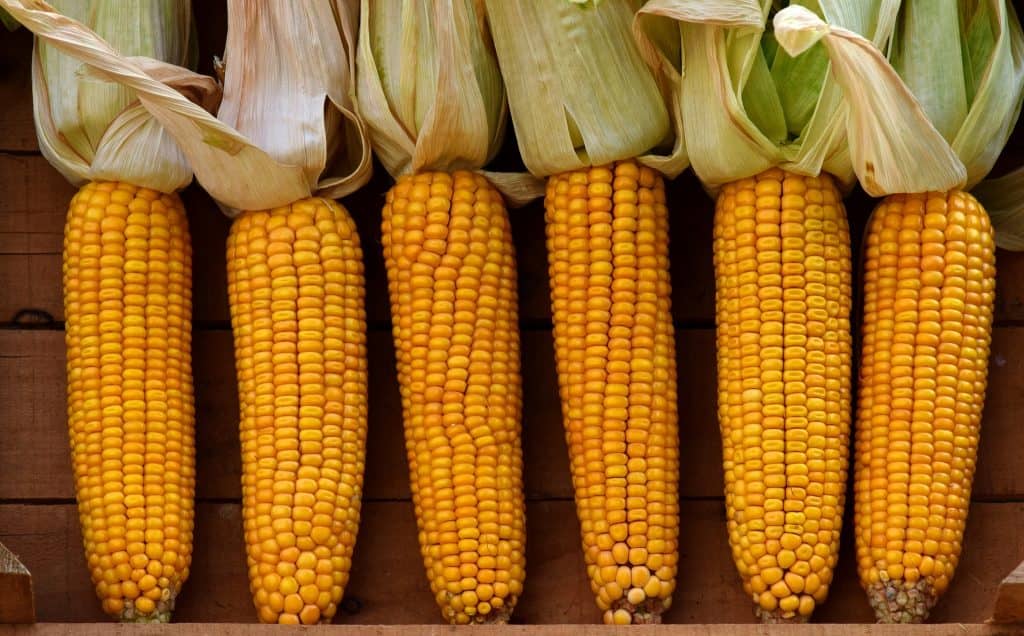Porto Alegre, December 5, 2023 – After three years of serious climate problems and a very difficult economic situation, Argentina sees the chance of a full crop under new economic rules. In the middle of this new crop, there is an important political transition, with relevant economic aspects for Argentine and global agribusiness. To situate ourselves in time and space, it is necessary to analyze some fundamental points.
With a surprising electoral result, and taking into account the ideological current of the next Argentine president, we will begin to detail the productive and commercial matrix of agribusiness, so important for the global market.
We currently find a model that allows us to operate 50% with the “official” exchange rate (peso at 360.50/USD) and 50% with a “free” exchange rate (peso at 884/USD). This would give us the combination of both options, an exchange rate differential of approximately 620/USD.
The tendency for the new government’s decisions from December 10 is an official exchange rate adjustment or devaluation, with a single exchange rate, perhaps at a value during the month of December of 650 or 700 pesos, and then reaching market values between 800 and 900 pesos per dollar.
Only this correction in the exchange rate policy (today Argentina has 15 different kinds of exchange rate) could be enough to put the country back on the commercial path, get a good trade balance in 2024, and restore its dollar reserves, necessary for any improvement with the renegotiation of its external debt.
Currently, the soybean complex pays 33% of the export tax on soybeans and 31% on soymeal meal and soyoil. Corn and wheat are taxed at 12%.
The trend for government decisions from December 10 is:
For retentions or export taxes, although the new government specified in the campaign its intention to remove these taxes from agriculture, we see it as unlikely that agribusiness will suffer a reduction or removal during at least the first year of administration, mainly due to the economic chaos Argentina is going through and because the production plan for this year has already been completed.
These two decisions should affect national agribusiness and Argentine exports.
The possible effects are:
Considering that future dollars in the market are being traded at USD 768 (December) and USD 884 (January) for physical soybeans (around 5 mln tons), it is very likely that they will move forward more aggressively with sales of this pending volume. Another factor to be taken into account is that this volume must be sold in December or the first months of 2024, as the outlook for the next season is very good for Argentina, and the crop begins to enter not only in Paraguay but also in Brazil. Thus, prices from March onward could sharply fall.
This flood of sales would generate an increase in oilseed processing and greater availability of derivatives in Argentina during the first quarter of 2024. If we add to this the fact that from February onward (March is the month with the highest volume) Argentina starts to import Paraguayan soybeans with the aim of processing them and obtaining by-products, the supply of derivatives would be even greater. In 2023, historically high monthly imports of Paraguayan soybeans were observed, so the volume imported from February to April should be around 2 mln tons.
For corn and wheat, the exchange rate correction and greater freedom in the flow of trade should motivate the sector to export. Wheat is still being reaped and trading flows for exports. The measure could boost exports. In the case of corn, a record crop is projected, especially because the weather is going very well in growing regions. Export sales for 2024 already exceed 5 mln tons, with harvests expected to arrive in March. Argentina will likely be aggressive in corn sales between April and October 2024.
Follow the Safras Agency on our website. Also follow us on our Instagram and Twitter and stay on top of the main agribusiness news!
Copyright 2023 – Grupo CMA

